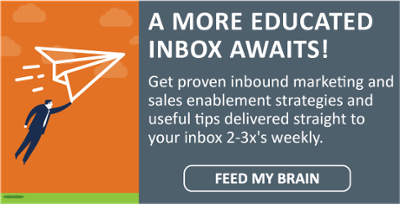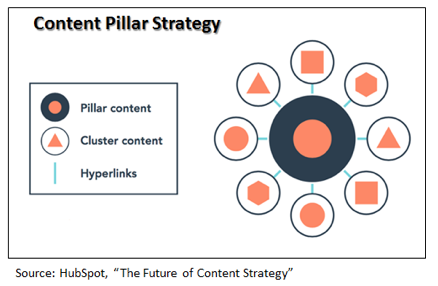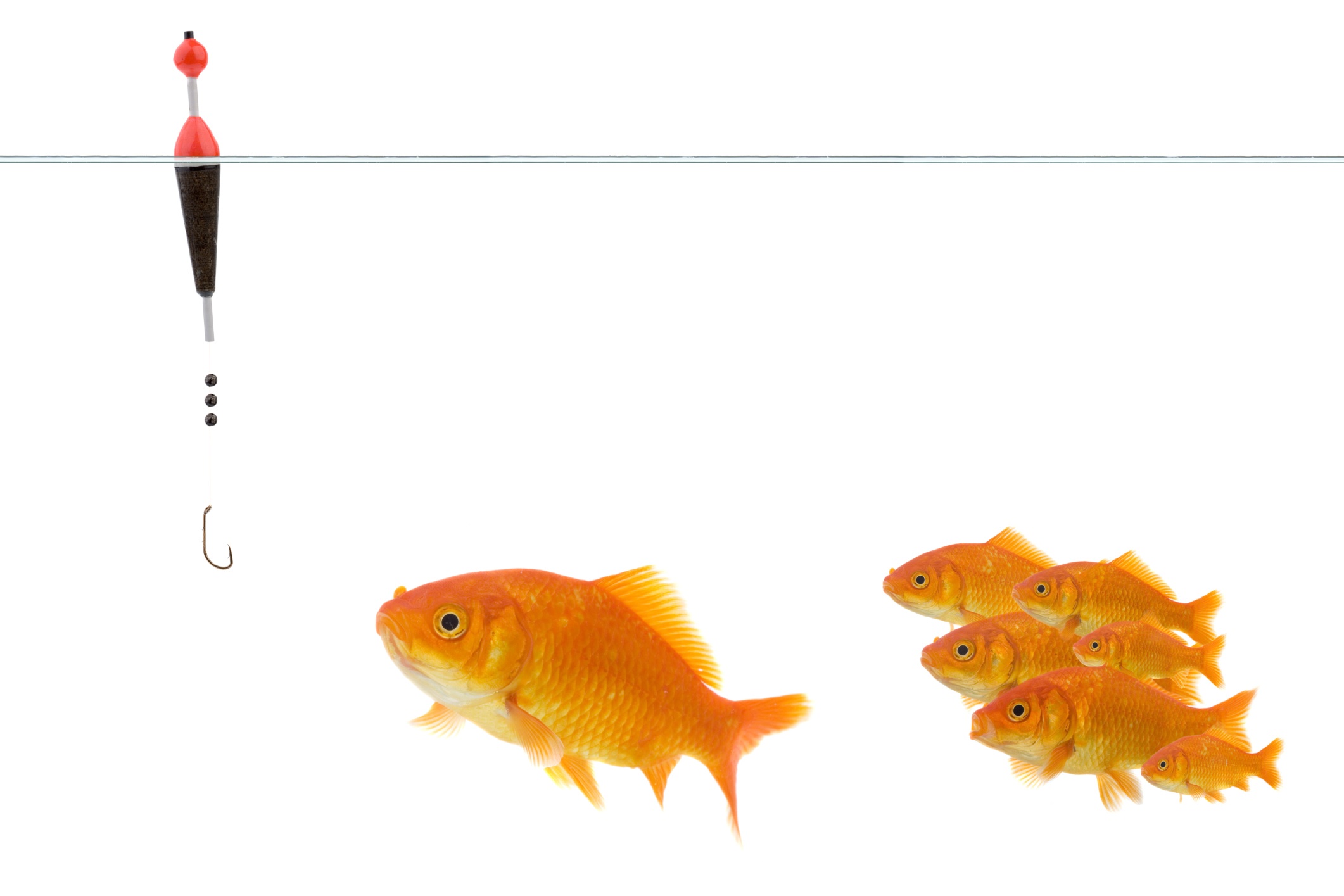A Website Needs to Be a Continual Work in Progress
 So you thought that you could kick off your shoes and breathe a sigh of relief after the launch of your new website, eh?
So you thought that you could kick off your shoes and breathe a sigh of relief after the launch of your new website, eh?
Yes, I know your stress level went off the charts, you had somewhere between 1.4 and 1.7 billion disagreements with the agency, your team and management, and that the site came in well over budget and beyond schedule. But now... it’s a thing of beauty, something to be proud of, and it’s highly likely that if you’re part of the team that slogged its way from concept to publication you probably deserve a hefty raise, right?
I hate to be the bearer of bad tidings, but the job of making a website a fundamental part of your marketing program is just getting started. The day of “set and forget it” websites is over, and you may need to rethink (and re-budget) for a website that will need constant tinkering in order to be relevant, and more importantly, a never-ending source of leads.
Here’s a few ideas to get you a-tinkerin’:
- Keep Adding More Content—Lots of It!
Your website will quickly become stale and you’ll find yourself losing page rankings in search engines if you don’t continually add new content—regardless of the form of that content, although we’re really partial to blogs for this end. Here’s what Moz’s Beginner Guide to SEO says on the importance of content:
“Every search performed at the engines comes with an intent—to find, learn, solve, buy, fix, treat, or understand. Search engines place web pages in their results in order to satisfy that intent in the best possible way. Crafting fulfilling, thorough content that addresses searchers' needs improved your chance to earn top rankings.”
This means that if you didn’t budget for continually adding more content—regardless of form—then you need to go back to the drawing board (or the budgeting powers, as the case may be) and get more resources.
I can understand the reluctance of a marketing team to go back to the well for more budget, especially if they’ve spent a considerable amount on a new website design. But without continually fresh content, a shiny, brand new website is like having a shiny, brand new car without the fuel to take you where you want to go. - Go Beyond the “Contact Us” Form and Generate Leads—Lots of Them!
One of the first things I look for when I go to a website is its ROI potential. It’s a pretty simple exercise as I search for the existence of call to action buttons and landing pages that convert site visitors to leads.
Most of the time, the only conversion opportunities I see are the time worn “Contact Us” or “Subscribe to our…” While these are necessary, the truth is that they average about a 1% conversion rate—about 1 out of every 100 visitors will fill out a Contact Us form. In fact, Marketing Profs recently published an article, Conversion Benchmarks for Seven Types of Online Forms, which shows average conversion rates for seven different forms, across a number of different industries:
Just because someone fills out a contact form, that doesn’t mean you have a qualified lead. Eliminate the tire kickers, job seekers, and vendors trying to sell you something, the conversion rate in our experience falls between .25% and .5%. That’s more like 2 or 3 qualified leads for every 1,000 visitors to the site—leads that are actually looking for assistance and are pretty far along in their sales decision making process.
You need to have other ways to convert visitors coming to your site by offering informational content tucked behind a form requiring the visitor to provide their contact information before redemption. Now, you’ll see conversion rates that should range between 20% and 30%, and you’ll have the means to start building a relationship that will move that convert down through the sales funnel to the point of engagement.
Your Website Needs to Be More Than Just an Exercise in Vanity
There are plenty of good and valid reasons why websites need facelifts every couple of years. We’ve come to a pretty good understanding that the visitors’ experience when they come to a site is important, and if your site looks old, stale, and light years behind your competitors, then you are at a disadvantage.
But it’s not just about the graphics you use, or the layout of the site, or even whether or not you’ve followed best practices for copy writing. Your website absolutely and fundamentally needs to be about converting visitors to leads at all parts of the sales funnel; and secondarily, about delivering a continually fresh supply of non-advertorial content that is a showcase for your thought leadership.
If you don’t believe me, ask your management team this question: What would you rather have as the outcome of your new website design project—a great looking site that’s a reflection of our brand, or a great looking site that’s a reflection of our brand that generates top/middle/bottom of the funnel leads?
I’m pretty sure that I know the answer to that one!
So, lace those shoes back up, take a deep breath, and put your bright shiny new website to work!
.png)








Leave a Comment